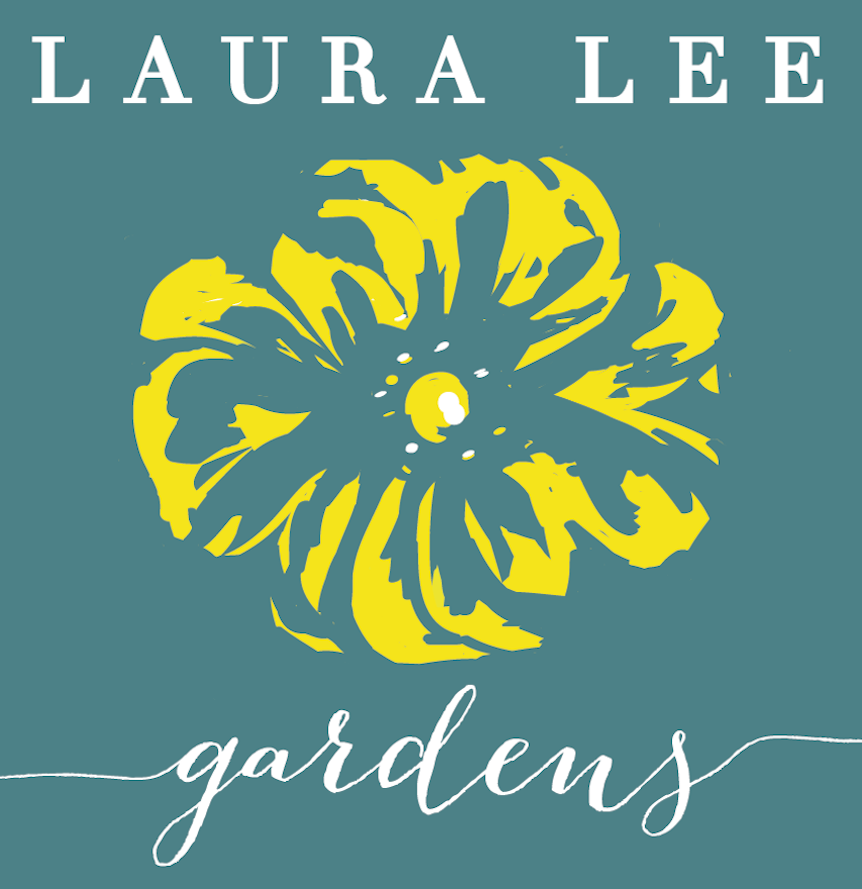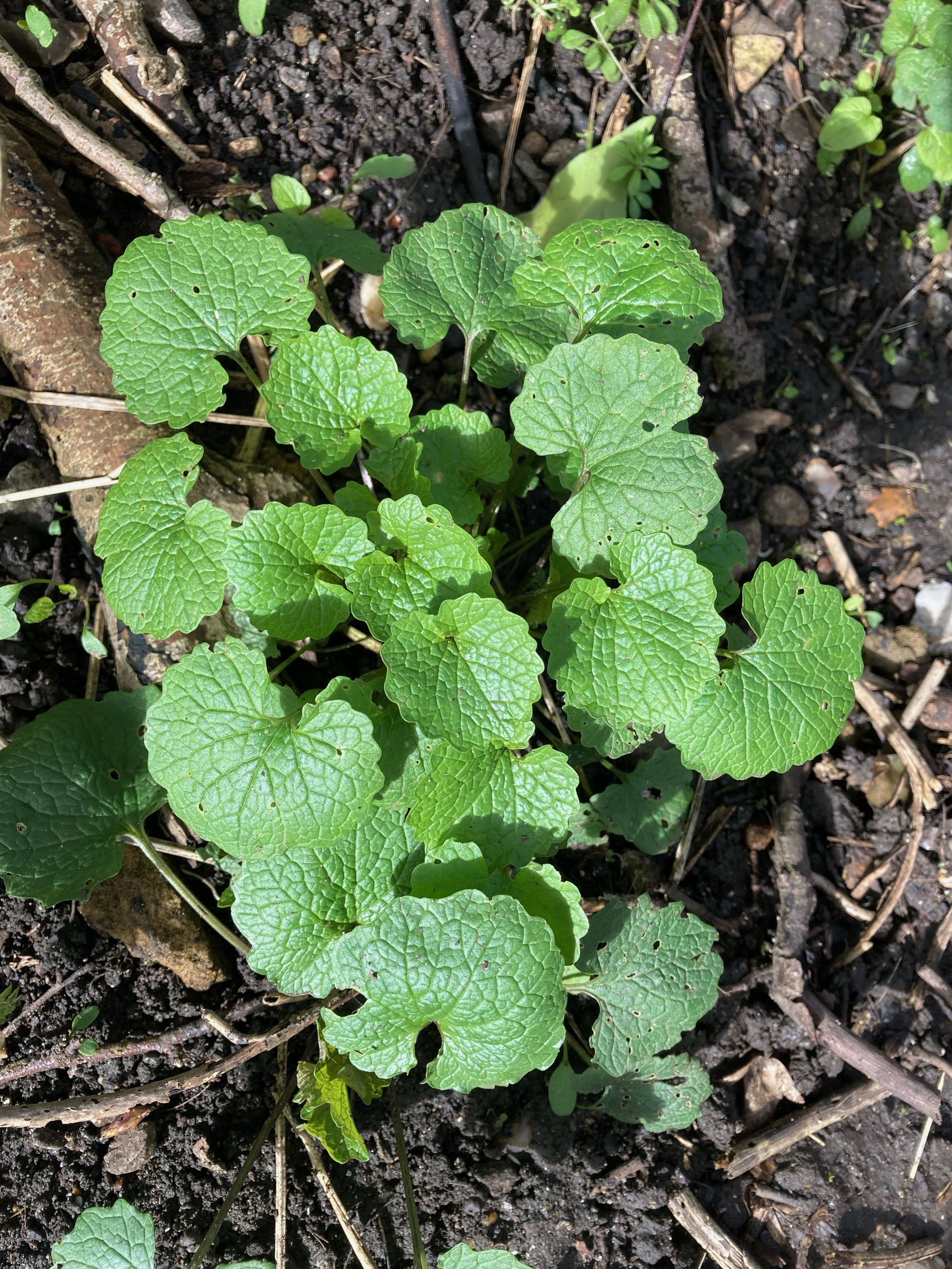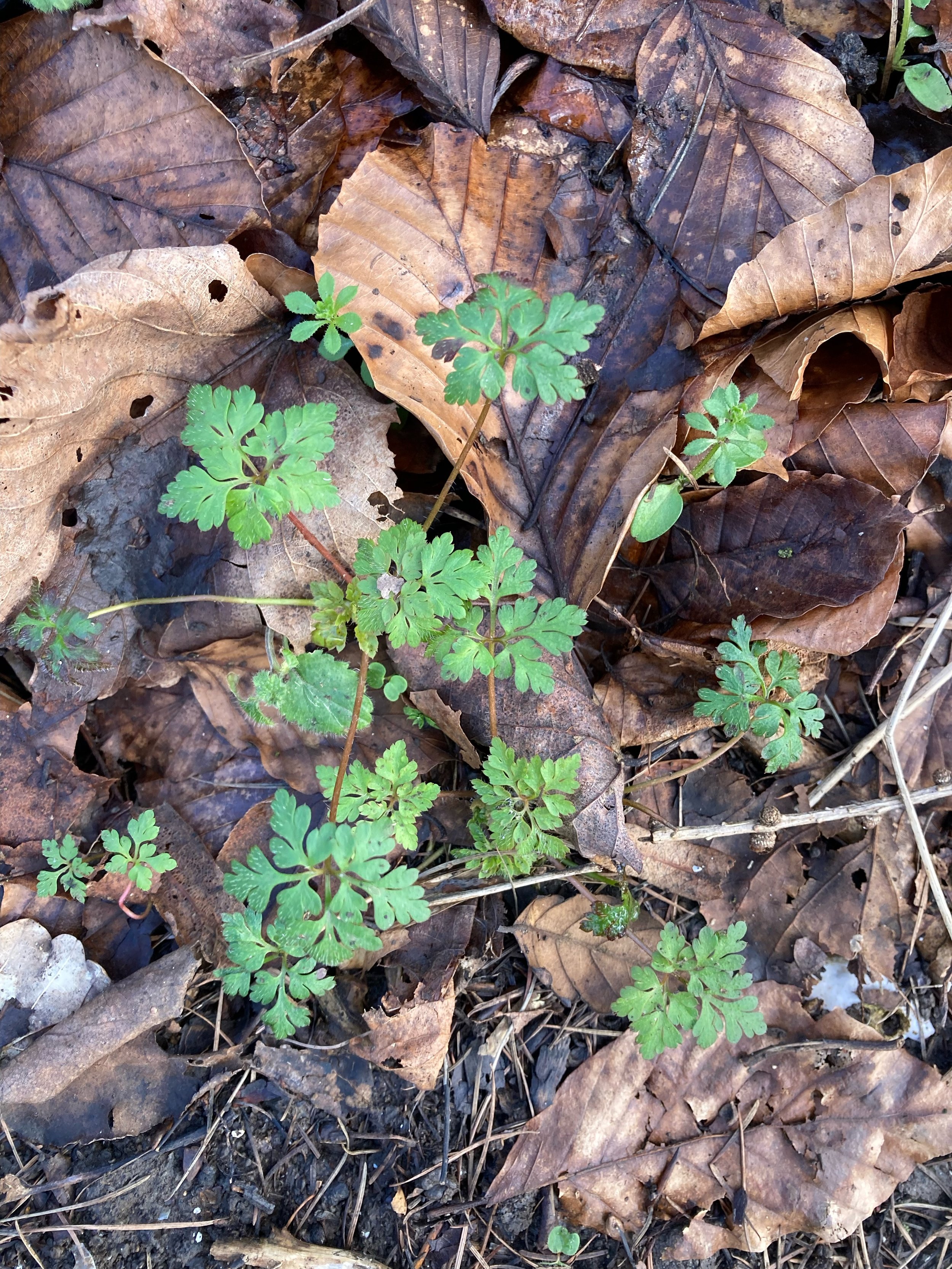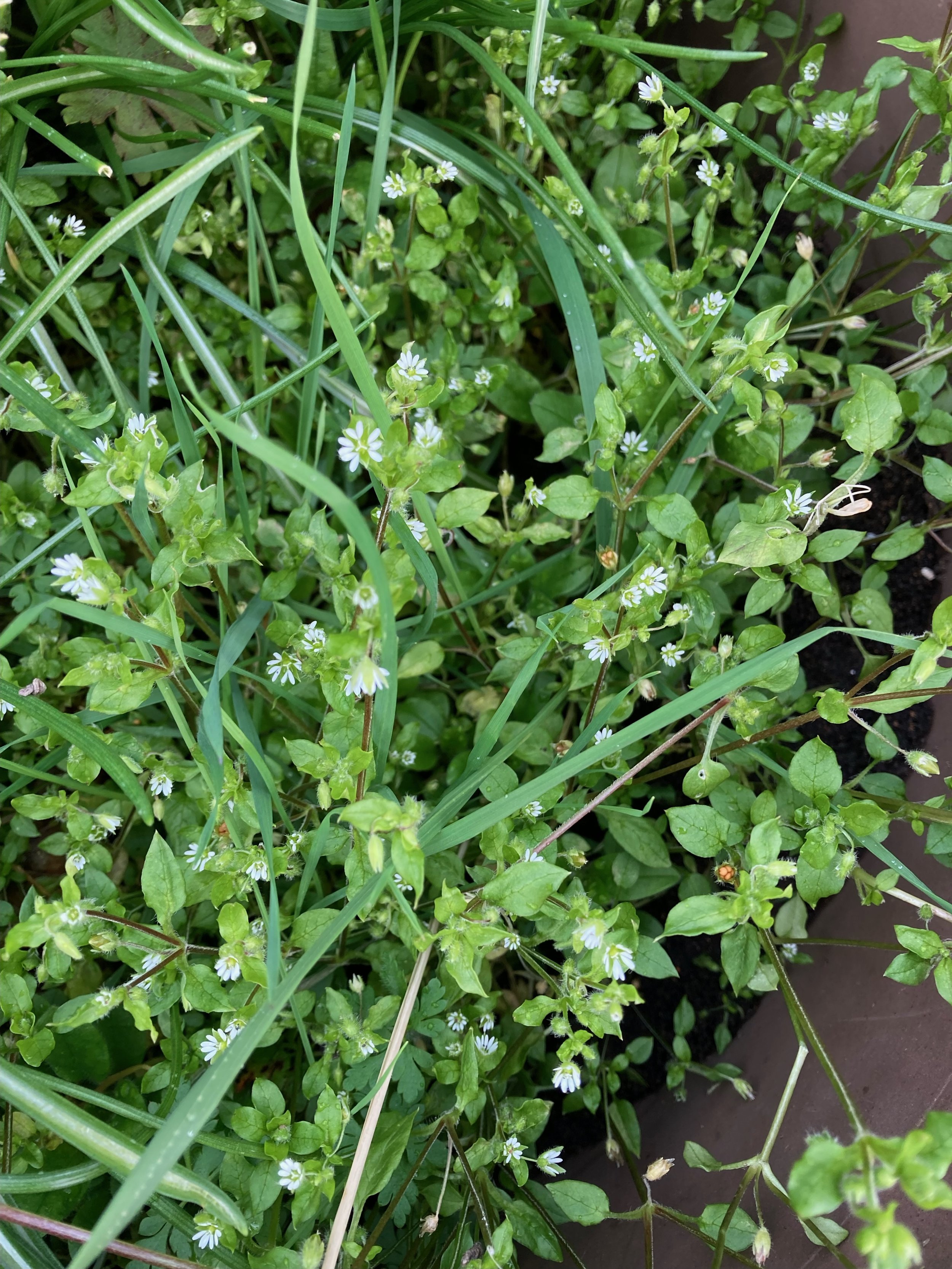One of the things I get asked most often by clients after their planting has been installed is how to tell the difference between a weed and a planted plant. It is really tricky for the novice gardener so I’ve compiled a bit of a rogue’s gallery for some of the more common types. I’ve also highlighted which ones are annuals (only come up once a year, easy to pull up) and perennials (much deeper roots, likely to be more invasive) and biennials (leaf rosette one year, flowers the next).
I like to have a reasonably generous approach to them. Some you will never truly eradicate (looking at you ground elder) and some are very beneficial to wildlife in the early part of the year such as Dandelions and Celandine. Try and have a wilder area of your garden where they can do their thing, it’s so good for pollinators. Hoeing is really the best way to keep on top of them as it doesn’t disturb the soil structure so much and always try and get to them before they set seed (create seedheads) - otherwise they really will be everywhere!
Some of the plants listed are known for being edible, but do not eat anything unless you are 100% sure of it’s provenance (and not just some snap I’ve taken on my phone!).
Ground elder. Perennial weed, spreads by large white roots which often appear as a nub above ground. Keep on removing the leaves, it will eventually weaken the plant although in my experience it is almost impossible to eradicate. DO NOT LET IT FLOWER in your border. But it will look very pretty in your wilder spaces. Brought here by by the Romans as an edible plant (young leaves), thanks for nothing Romans (apart from the roads and stuff). Bit of couch grass photobombing in the top left hand corner.
Wood avens, Herb Bennet or Geum urbanum. Very similar to cultivated Geums so if you have those in your garden then do get to know these! They tend to be a bit sprawlier than the cultivated type. Perennial so a deeper root system. Very pretty yellow flower so good for shady wilder spaces but weed out in your borders before they set seed.
Nipplewort. Comedy name, lovely delicate yellow flower in midsummer. Goes everywhere but it’s an annual so very easy to pull out.
Early leaves of Ground Ivy. This is a really important plant for early pollinators so unless it’s in your border, I would let it flower and then remove before it sets seed. It’s perennial but not too difficult to weed out.
Garlic mustard or ‘Jack in the Hedge’. Edible and really tasting of garlic! Either eat this plant into submission or weed it out as it will attempt world domination in your garden. If you have a very large space it can be pretty under trees. Biennial so leaves one year and flowers the next so easier to spot and control.
Lords & ladies or Arum maculatum. Perennial which is very toxic so definitely one to get rid of! Always wear gloves and dig this one out rather than hoeing. Joined in an unholy trinity by Bramble and Dog’s Mercury. Bit of early buttercup in the bottom right hand corner.
Cleavers or Sticky weed. Another edible which is high in Vitamin C but definitely one to keep an early control on in your garden before it runs amok!
The early leaves of Herb Robert, one of our native geraniums. This is a really pretty plant with bright pink flowers that is very easy to weed out of the places you don’t want it. One to leave in wilder spaces though.
Cow parsley and Dock leaves in a fight for supremacy. Both of these have very long tap roots so you definitely need to get a fork in if you want to remove them. Be prepared for that tap root to break off half way though.. grrrr. Cow parsley is a biennial and the dock is a perennial. Good luck with getting rid of either of them!
Creeping buttercup. Perennial. Actually quite a useful plant for us garden designers as it’s an indicator of damp soil, but definitely one to weed out of your borders!
Hogweed. Biennial. Another one with a tap root so can be difficult to remove. Gets enormous and the leaves can be very irritating to some people (it brings my son out in a rash) so try and deal with it while it’s still small. It seeds everywhere! So definitely chop any flowering heads off before they turn to seed.
Chickweed, otherwise known rather sweetly as Little Mouse Ears. Used as fodder for poultry and edible for humans too apparently. Annual and easy to pull out. Recognisable from its long branching stems as well as small pretty white flowers
Burdock. Grows into a huge plant with those really annoying sticky balls that get trapped in your dog’s hair (or your children’s when they insist on throwing them at each other!). The root has lots of medicinal uses and was famously used for the Dandelion and Burdock drink (do they still make that?!!). Biennial, so leaves one year and flowers the next. Really long tap root so difficult to eradicate I’m afraid.













